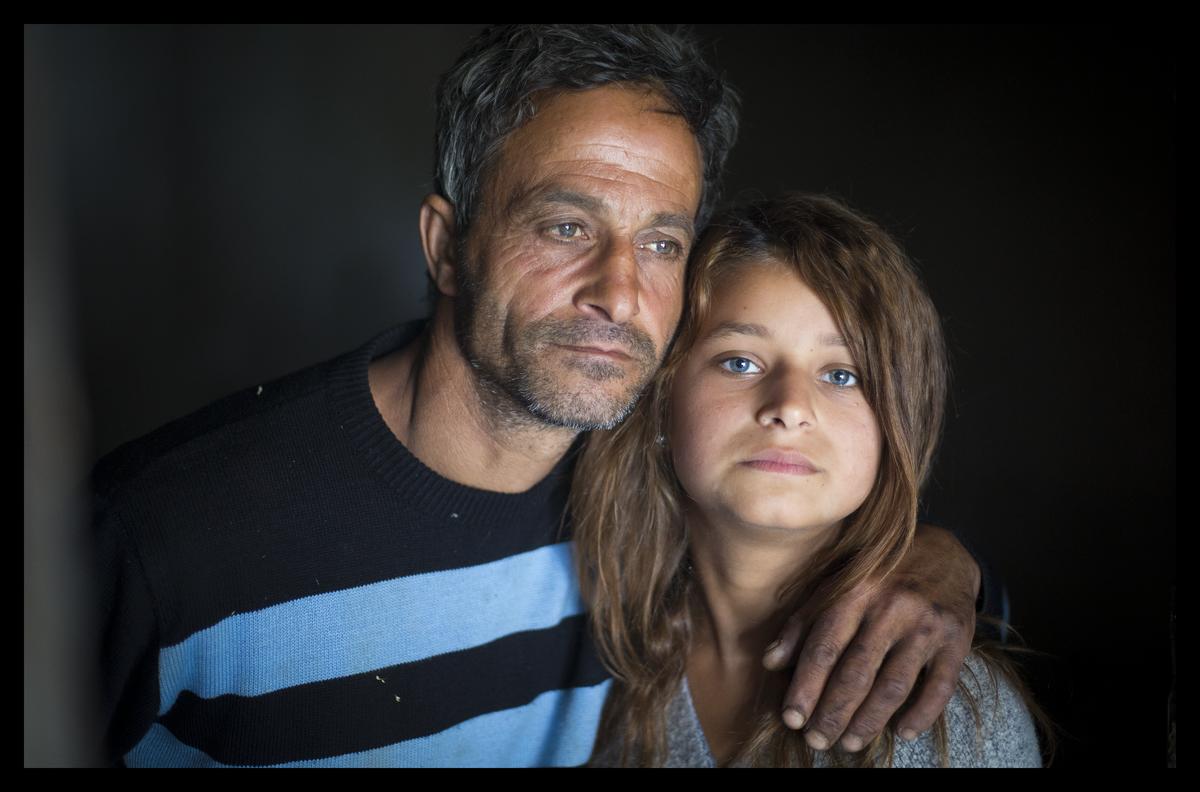Kosovo Crisis Update
Kosovo Crisis Update
Kosovo
A three-truck convoy is setting out from Pristina to the western town of Pec today - the fourth day of UNHCR's resumed operations in Kosovo. The convoy is carrying non-food items - plastic sheeting, tents, hygienic kits, blankets and jerry cans.
An assessment team has found the UNHCR satellite office in Pec, which was left during the evacuation of aid workers on 23 March on the eve of the NATO strike against Yugoslavia, looted and vandalized. It is being cleaned up today, and UNHCR is re-establishing its presence in the town.
In Prizren, where UNHCR established a presence on Tuesday, booby traps were found in the old UNHCR office near the downtown area.
Meanwhile, the supply pipeline to Pristina from Skopje continues. Thursday's convoy consists of 20 truckloads of relief aid from UNHCR, WFP and the British Department for International Development (DFID). The supplies included bottled water, food, fuel, blankets, hygienic articles and mattresses.
Albania
An estimated 15,000 refugees from the northern Albanian border town of Kukes returned on Wednesday to Kosovo. The outward flow at the Morini border crossing was reported to be continuing Thursday morning.
In the last two days, around 20,000 refugees have left Kukes, where a quarter of the 424,000 Kosovars in Albania are staying. Those who left included 8,000 people from five camps in Kukes and the rest from host families and collective centres. These people travelled back to Kosovo mostly in their cars and tractor-wagons and some in taxis and minivans from Kukes. Others were picked up by relatives who came from Prizren.
Most said they were going to their homes in Prizren, with others heading for Orahovac and Suva Reka. A few refugees wanted to return to Kosovska Mitrovica in northern Kosovo, but were staying in Prizren for the time being until they have determined the situation in their villages. Most of the late arrivals in Kukes came from Kosovska Mitrovica. The withdrawal of Yugoslav army and police forces from Kosovska Mitrovica is not scheduled to be completed until midnight on 20 June.
UNHCR and UNICEF continue to make every effort to inform refugees about the dangers of land mines. Eleven land mine incidents on the Kosovo side of the border on Wednesday were reported to UNHCR. The International Committee for the Red Cross reports 19 incidents, UNICEF reports 20.
At least two returnees have been killed in mine blasts this week in Kosovo. UNHCR does not have a consolidated report of incidents in the Serbian province but the number has been rising in recent days.
UNHCR is particularly warning refugees not to go back through the unofficial crossing at Qafe Prushit, which is reported to be heavily mined. On Wednesday, UNHCR asked Albanian radio to broadcast the information that the Kosovo international security force, called KFOR, believes that the border areas in the south-western Kosovo municipality of Gora are littered with many land mines.
FYR of Macedonia
Around 3,000 refugees, mostly driving their own cars but some in hired taxis, went back to Kosovo on Wednesday, bringing to 5,000 the total of departures over the past two days from the FYR of Macedonia.
Of Wednesday's returnees, 2,242 left through the main crossing at Blace, 250 at Jazince and 384 at Tabanovce.
Republic of Montenegro
The number of Serbian civilians leaving Kosovo through Montenegro dropped again on Wednesday, to 473. More than 17,000 Serbian civilians have departed through the Montenegrin border town of Rozaje since military arrangements implementing the Kosovo peace plan were signed on 9 June.
These Serbs came mainly from Pec, Decani, Prizren and Djakovica. They left for a variety of reasons, including fear of reprisals and an uncertain future.
Some of the Serbs who arrived three days ago are considering returning to Pec after talking with the Italian contingent of the Kosovo international force. The group numbers around 1,000.
No substantial returns have been reported among the Kosovar displaced in Montenegro, undoubtedly due to the fact that the Yugoslav army is still deployed along the border area.
UNHCR-IOM Humanitarian Evacuation Programme
A total of 633 refugees in the FYR of Macedonia departed on Wednesday under the UNHCR-IOM humanitarian evacuation programme, bringing the overall count to 87,156. Destinations were Australia, France, Germany, Spain and Sweden.









